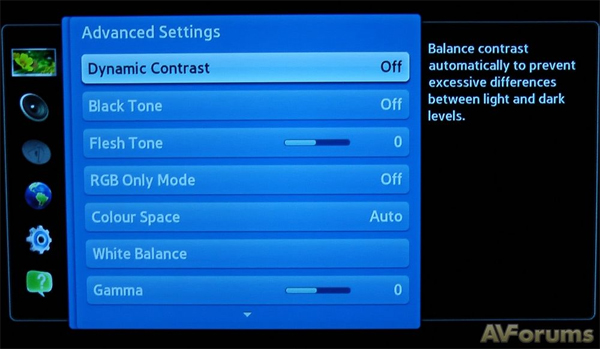Pda Formats Dark Signal (2017) Review Film Average ratng: 4,7/5 3525reviews

How to Change Your Voice to Sound More Confident. We all know that being seen as confident, but not cocky, at work can have a positive effect on our careers. From one- on- one meeting with your boss to giving a presentation to the whole team, your voice is one of the most important parts of project confidence. Here’s how to adjust your voice so that how you say something has as much impact as what you say: Evaluate Areas to Work On. You may not need to work on all of the following issues, but thinking about each area and how you measure up gives you concrete things to work on. If you have trouble evaluating your own voice or way of speaking, ask a friend or trusted colleague to help, or record yourself speaking to get a more objective sense of your own habits.
Pda Formats Dark Signal (2017) Review Film Dunkirk
BibMe Free Bibliography & Citation Maker - MLA, APA, Chicago, Harvard. In terms of tricky conversations, telling a therapist you’re planning on ending therapy can feel nearly as stress-inducing as breaking up with a significant other. Type or paste a DOI name into the text box. Your browser will take you to a Web page (URL) associated with that DOI name. Send questions or comments to doi.
Pda Formats Dark Signal (2017) Review Film Munafik
Tone: The way you say something often has an impact on what people actually hear. Two of the most common examples are vocal fry (here’s a video example from the BBC) and up- speak, or using a higher pitch at the end of sentences similar to the tone used when asking a question.
Try these exercises to help you have more deliberate articulation. Volume: Speaking too softly or too loudly does not project confidence. You want to aim for a volume slightly above your normal speaking level so that you’re clearly heard without coming off as abrasive. Filler words: “Um”, “ah”, and “like” are all common filler words that keep what you’re saying from flowing smoothly. Try these exercises from a professional public speaking coach to cut down on your own filler words.
Vocal tics: The area you may need the most help from a friend in analyzing is common phrases or vocal tics you have. Maybe you use the same phrase when you’re buying time to think, like, “That’s a great question..” Or you could be undermining yourself with phrases like, “Sorry to interrupt..” or “I’m not sure if this matters, but..”Toastmasters has a great PDF guide and Six Minutes lays out breathing and vocal exercises you can do to generally improve your vocal presence. Practice New Habits. Changing the way you speak is difficult, but the more you practice, the easier it will be for you to build new habits. After a while, projecting confidence should become second nature. Since you might not have presentations or other opportunities to practice often, here are some other situations where you can test out your new techniques: Chatting with colleagues: While you don’t necessarily need to project a ton of confidence around the water cooler, small talk with coworkers gives you a low stakes situation in which to practice.
Sharing your ideas during meetings: Having your ideas heard and respected can be influenced by how confident you sound while laying them out. Next time you share an idea, focus on at least one of the areas you want to improve. Giving feedback: When giving feedback about someone else’s work or skills, make a conscious effort to practice for at least one of the areas you want to improve on. Eventually, you want to get to the point where your confident tone positively impacts how seriously your feedback is taken. Asking questions: Whether at a meeting, during a training, or at a networking event, this is a very quick way to practice your vocal confidence. I love explaining things to small groups of people and through writing on the web, but when it. Take up space: Stand with your feet hip or shoulder width apart, keep your spine straight (but not frozen, you’re not a robot), and try to use arm and hand gestures as you naturally would when talking.
We all know that being seen as confident, but not cocky, at work can have a positive effect on our careers. From one-on-one meeting with your boss to giving a. InformationWeek.com: News, analysis and research for business technology professionals, plus peer-to-peer knowledge sharing. Engage with our community. Learn how to do just about everything at eHow. Find expert advice along with How To videos and articles, including instructions on how to make, cook, grow, or do.
Improve eye contact: When speaking to a group, make eye contact with different people in the audience for about 3- 5 seconds each. In a one- on- one situation, it’s okay to glance away and then make eye contact again if you feel things getting awkward.
Use open body language: Don’t cross your arms, stuff your hands into your pockets, or cross your legs. Keeping your body relaxed and open makes you look at ease and confident. How To Watch The Last Shaman (2017) Movie. It’s not easy to change your behavior, including the way you speak, so be patient with yourself and try to put into practice your new habits as frequently as you can.